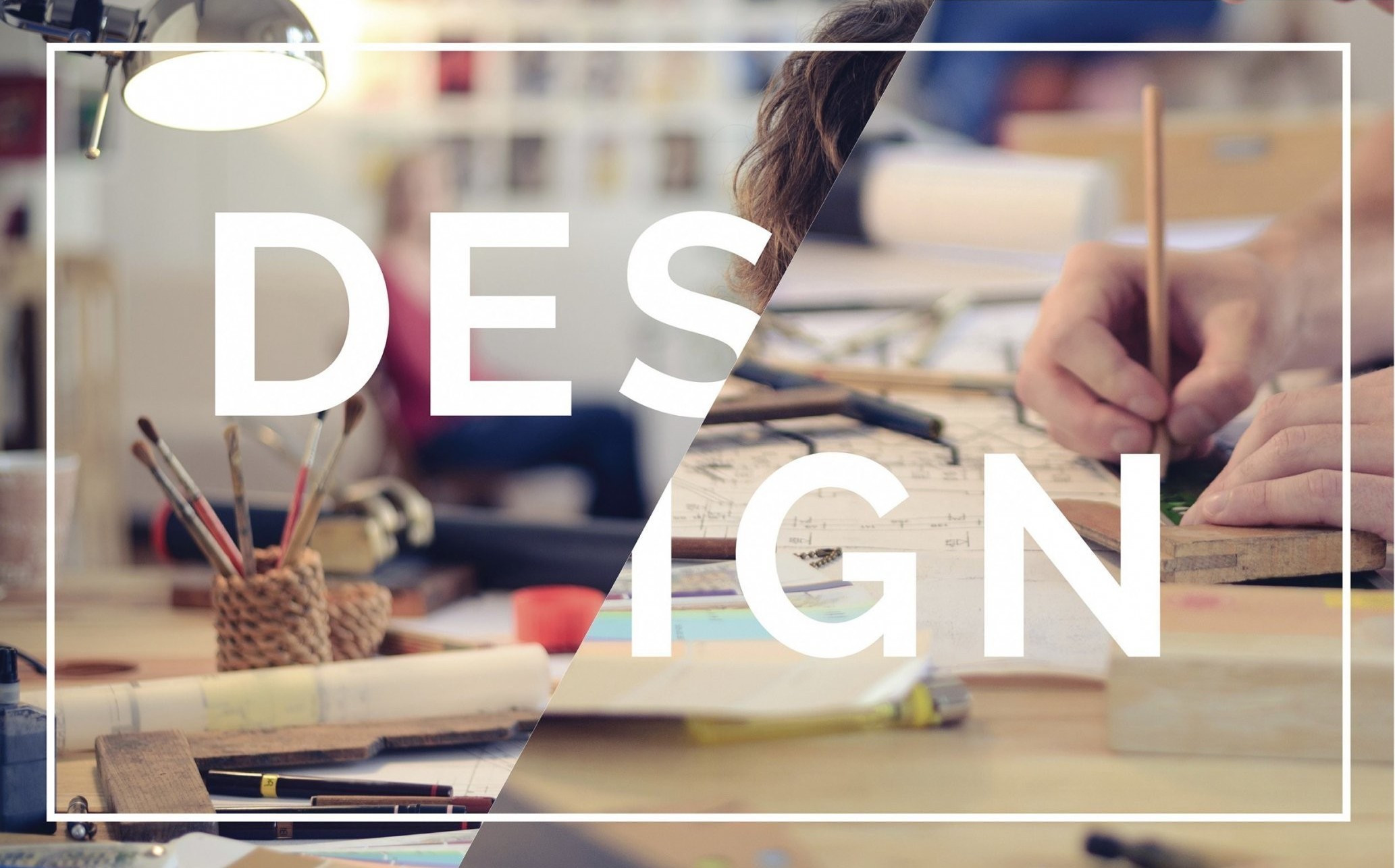What in the heck is design? And more importantly, what makes good design? When I tell people I’m a designer, I’m assailed by questions, which usually follow a script similar to this:
“Oh you’re a designer, like CHANEL?!”
“No, I make things like print materials, collateral and stuff.”
“Collateral damage? Innocent civilians that are killed in a war? That sounds awful.”
“No, collateral like various design assets that fit into an identity system.”
“I thought designers made patterns? Or decorated houses all pretty like Ty Pennington.”
“Some of us do that. I do more graphic design and brand-related work”.
“I thought computers did that? That’s interesting. I have to go now.”
There are so many definitions of design. After doing this stuff every single day, I have crafted a personal definition of good design and how to achieve it.
- Good design can be innovative or traditional, simple or complex, but it must serve a purpose and communicate an idea effectively.
- Design should create positive change and inspire with beautiful, intelligent craftsmanship.
- Design taps into the viewer's psyche and emotions. It isn’t just making something look good, it channels and targets human feeling, ideas and subtext.
- Form should always support and enhance function.
Design is a powerful force for change and motivation, and it is everywhere.
My definition of design is derived from personal experience and the voices of others in the industry. One such voice is Anders Toxboe, whose philosophy is deeply rooted in Dieter Ram's "Ten Principles of Good Design." Toxboe claims:
“Good design is not just what looks good. It also needs to perform, convert, astonish, and fulfill its purpose. It can be innovative or it might just get the job done.”
Good design, from an advertising and marketing standpoint, must visually engage a consumer. Strong visual communication taps into a consumer’s mind. Visuals trigger emotions, and emotions impact consumer behavior and decisions. If your creative work is not provoking the desired response, it’s not good design.
Good design has to have brains, not just beauty.
These principles and philosophies have helped me understand the great, mysterious monster that is design. Most importantly, good design embodies a powerful, playful element of delightful disruption. It’s the wow factor which forces someone to stop and take notice.
That’s what we OOH at OOHology. You can see some examples in our portfolio of work.
DIG THIS ARTICLE? There's a whole lot more where that came from...

